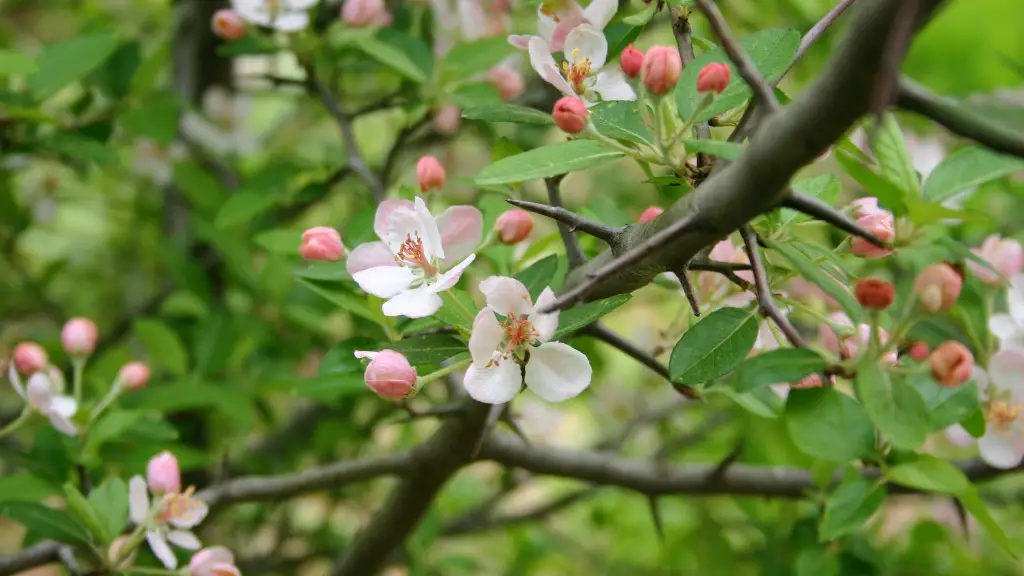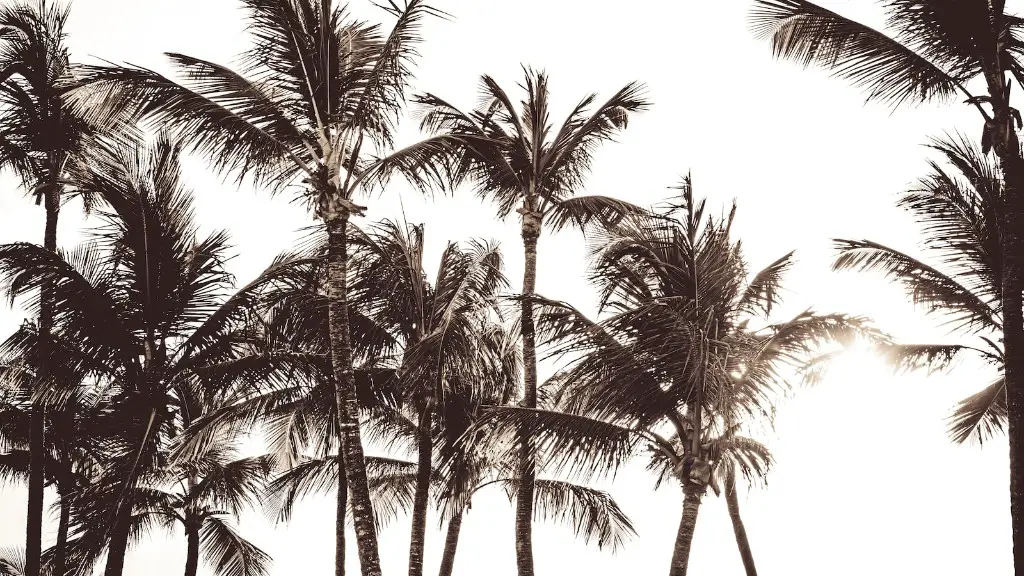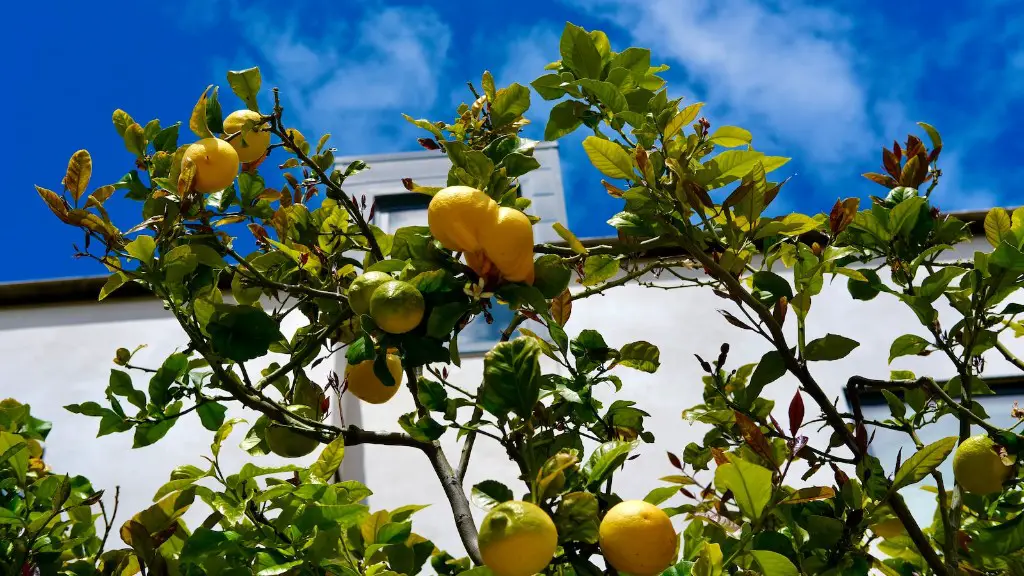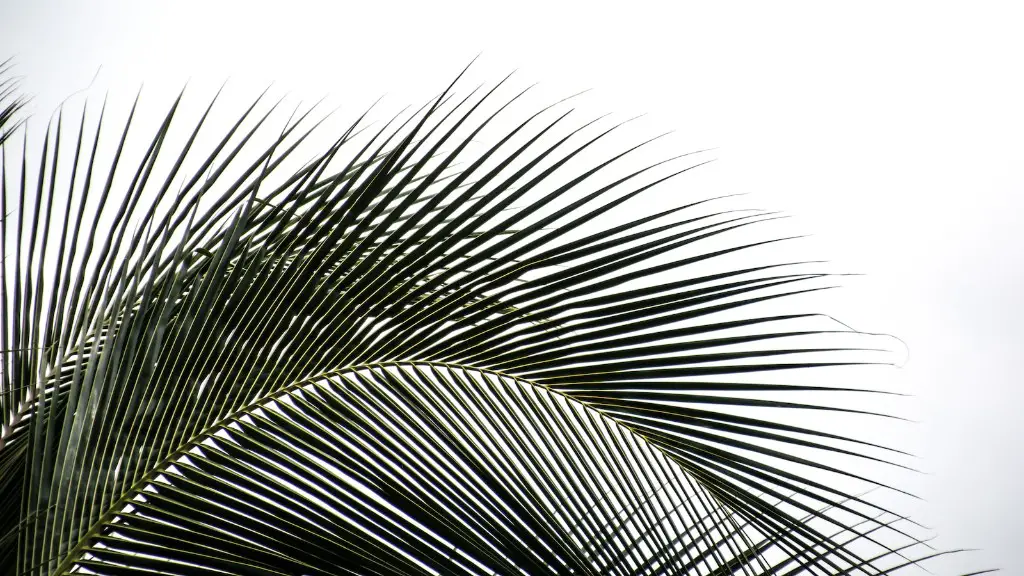Pruning apple espalier trees is a complex art form with the goal of managing a vining tree so that its growth produces an aesthetically pleasing and bearing tree. The process of pruning an apple espalier tree requires an expert understanding of the tree’s growth patterns, as well as a knowledge of the necessary supplies and appropriate timing. Here’s how to prune an apple espalier tree successfully.
Start by Identifying the Tree’s Main Structure. As an apple espalier tree matures, it develops its main framework. This consists of the trunk, 3-4 mainstems, and strong lateral branches arranged horizontally or at an angle. Trace the tree’s growing pattern, so you know what should be left and what can be removed.
Equip Yourself with Appropriate Tools. Before pruning, gather the right set of supplies. This includes shears, pruning saw, pole pruner, and a ladder. Getting the right tools guarantees that the pruning process runs smoothly.
Remove Dead and Diseased Branches. Inspect the tree for dead wood, dying limbs, and branches impacted by pathogens. These are typically dry, discolored, and emit a musky odor. Pruning them can prevent the spread of organisms that may infect neighboring plants.
Prune Dispersed Branches. An espalier tree requires well-spaced branches, with no members crisscrossing one another. Identify branches that are too dense or spread unevenly and snip the excess.
Reconsider Seasonal Pruning. Regular quarterly pruning of an apple espalier tree ensures that the tree’s growth remains structured and balanced. However, regular pruning may remove too much yields. Consider pruning after the fruit has been harvested.
Train New Branches. An apple espalier tree develops its foundation from the younger branches. Train them to the required shape by bending their tips and tying them. This prevents unwanted stem development.
Refresh the Soil. After pruning, the tree may need some refreshing. Fertilizing the tree will rejuvenate its roots and reduce stress from the process. This ensures that the tree produces healthy leaf and yields abundant fruits.
Choose an Appropriate Time for Pruning
An ideal time for pruning an apple espalier tree is late winter or early spring. At this stage of the season, the tree is in its dormant phase, susceptible to radical pruning. However, in climates with colder winters and warmer springs, the best time may differ. Check local sources to determine the optimal date.
Avoid pruning during wet weather. Doing so increases the chances of promoting a fungal infection. Wait until the dampness and moisture have subsided before getting to work.
Also, keep in mind that regular and heavy pruning may impair the tree’s health. Don’t restructure the tree’s form drastically and instead make modest changes to the framework. Doing so ensures that the tree looks neat and maintains its health.
Moreover, if the tree is still young, it’s best to postpone pruning. Until the initial framework of strong mainstems and lateral branches has developed, let the tree grow unencumbered.
Finally, be mindful of the type of espalier tree you are managing. If you are growing a full-size espalier tree, it will require heavy pruning. However, if you are growing a mini-espalier, less pruning is necessary.
Remove Unwanted Branches
To promote an apple espalier tree’s growth, certain branches must be removed. Before you start snipping away, use binoculars to carefully inspect the tree and identify branches that are unproductive. These may include thin and brittle members, as well as branches with inward growth.
Likewise, ensure that the tree’s new and current framework remains visible. If a particular branch has already produced lateral stems, use loppers to cut both the existing and new growth. This achieves two goals: it clears the field and maintains the desired shape of the tree.
Determine the angle at which you want the tree to grow and snip all branches that extend beyond it. Pinching these branches helps gradually redistribute the tree’s growth to the preferred angle.
Also, be sure to prune the branches enough that they do not grow large or excessively strong. Branches with these attributes will intercept the sunlight that reaches the leaves, degrading the tree’s health.
Switch back to the shears and snip away any stubs or squandered wood present. Removing them avoids the risk of diseases and pests that feed on dead wood.
Similarly, examine the fruit-bearing branches for suckers, which appear over the course of the season. Remove them by snipping them off their base. Doing so will enable the fruit to grow and ripen effectively.
Check for Pest and Disease
Inspect the tree after pruning. Weak stems or low-hanging branches are a sign of disease. If a stem appears discolored, cut it right away. Additionally, look for signs of borers, which create holes in the trunk and cause branch dieback.
In some cases, pests may re-infest a pruned tree. Therefore, it’s best to identify and remove the cause of infestation while pruning the tree. This may include spray-treating the branches or using physical devices like traps to capture the pests.
Monitor the tree closely in the time after pruning. Check for any pests or signs of disease that may have escaped your detection. Removing these quickly is critical for maintaining the quality of the tree.
If more than 40% of the tree’s properties have been affected, consider an aerosol spray to eliminate the infestation. In more extreme cases, remove the entire tree for fear of future harm.
At the same time, pay attention to the tree’s soils. If it appears dry or cracked, water the tree to keep it hydrated and healthy.
Create a Schedule for Pruning
Regulating the growth of an apple espalier tree requires detailed pruning throughout the year. Draw up a realistic pruning plan to ensure that the tree is adequately maintained. Schedule quarterly pruning sessions and make sure to adjust the timing if the season differs from your plan.
Also, try out different angles of pruning. This develops a wide variety of shapes, leading to a tree with an interesting structure. However, be sure not to prune too much. Doing so will expose the tree to too much shock and lead to its deformation.
Additionally, consider pruning in different seasons. Pruning after fruit harvesting periods can enhance and extend growth, resulting in a healthier tree. On the other hand, trimming the tree before yields may hasten bud emergence, resulting in a more successful harvest.
Furthermore, pruning should be done around the same time every year, so the tree adapts to the new growth pattern. If pruning is carried out over multiple years, the tree will become more accustomed to it.
Finally, prune the flowering branches of a fruit-bearing tree separately. These require more trimming since they typically produce a higher number of branches. Pruning too many of these will result in low yields, so take care not to snip away too many of them.
Rejuvenate the Tree
Once all of the above steps have been completed, rejuvenate the tree. This includes training the stems to their desired shape, applying mulch for additional water retention, and employing the right fertilizer.
Train the stems of the tree to the appropriate angle. Doing so ensures that these reach their full potential while maintaining the tree’s desired form.
It may also be helpful to apply some mulch alongside the trunk of the tree. This conserves water and accelerates the absorption of nutrients in the soil, allowing the tree to remain healthy and robust.
Equally vital is to get the right fertilizer. Look for a fertilizer that’s specifically designed for espaliers and applies adequate nutrients to the soil. Applying the wrong nutrients in excess will work against the tree’s growth, so exercise caution.
Also, be mindful of the season when applying the fertilizer. If it is too cold, the plant’s vigor is compromised by the temperature. Conversely, if it is too hot, nutrients can be washed away. Analyze the climate and determine the ideal moment to apply fertilizer.
Finally, observe the fertilizer’s effects on the tree. If too much fertilizer was applied, the tree may appreciate dehydration, which can be counteracted by watering.




